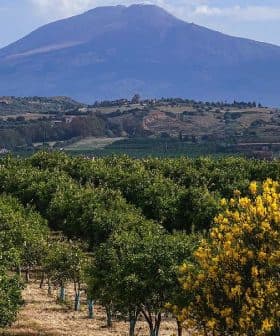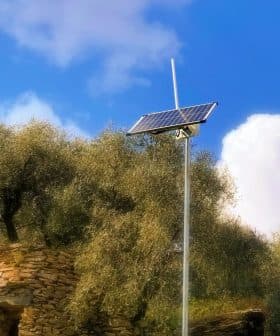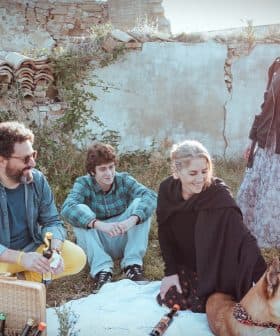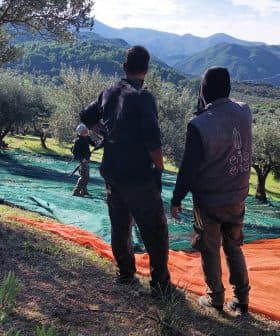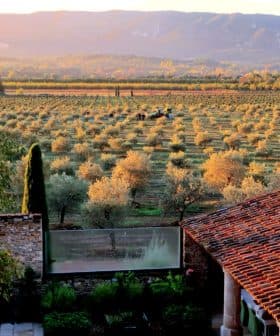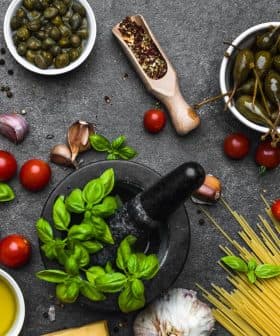Italy's Cooperatives: Strength in Numbers
Cooperatives of Italian olive growers reached the highest standards thanks to smootly-running incentive systems, while helping small scale proucers enter the market.
 Harvest at the Contrada Feudotto
Harvest at the Contrada FeudottoThe article discusses the olive harvest process at the cooperative society La Goccia d’Oro in Contrada Feudotto, where olives are carefully monitored and pressed to produce high-quality extra virgin olive oil. Similarly, the Agraria Riva del Garda cooperative in Italy follows a rigorous process for harvesting olives to create their PDO Garda Trentino oil, with a focus on quality control and rewarding farmers based on the quality of their product. Both cooperatives emphasize transparency and traceability to ensure consumers are aware of the production process behind their olive oil.
Harvest started in late September and these are the last few days of work in the olive groves of the Contrada Feudotto, the headquarters of the cooperative society La Goccia d’Oro.
“This is a community made up of a thousand olive growers mostly from the territory of Menfi and other towns in the province of Agrigento, and partly from the province of Trapani,” said the general manager of the company, Accursio Alagna.
Last year’s results were made possible thanks to the work of more than one thousand producers who run not only large parcels of land but also very small groves with thirty or fifty olive trees.
“Our operating system consists in assisting our members with technical support, information and training on the field throughout all stages of production, so that olive trees are constantly monitored,” he explained.
A few hours after harvesting, olives are taken to the mill where they are subjected to a first qualitative selection to evaluate if their phytosanitary state meets the company standards.
Then, they are pressed according to variety, depending on the different lines which include monovarietals; PDOs, PGIs and organic; and a blend made up of Nocellara, Biancolilla and Cerasuola, which are pressed together. A second qualitative selection consisting in the determination of acidity is carried out on the fresh extra virgin olive oil, which will be bottled after a period of natural decantation.
To ensure high standards of the product supplied by farmers, the cooperative established an incentive scheme based on two parameters: the quality and the product category.
“We rank extra virgin olive oils according to the determination of acidity: the first-level product is below 0.2 percent and the second-level product ranges from 0.2 to 0.5 percent,” Alagna explained, specifying that a third class is not even considered, even if within regulatory limits.
“I have to say that most of the oils generally come under the first class, and this season we reached a 0.17 percent average acidity,” he revealed. “Then, farmers receive a further remuneration which increases with the market class of oil, starting from the conventional blend, up to the organic production.”
The strategic choice of the company is to add value to the work of members, Alagna noted. “We think that transparency is the most effective way to protect consumers and make them aware of products. That is why, from this campaign, consumers will find a collar around the neck of each bottle with the photo and information of a farmer.”
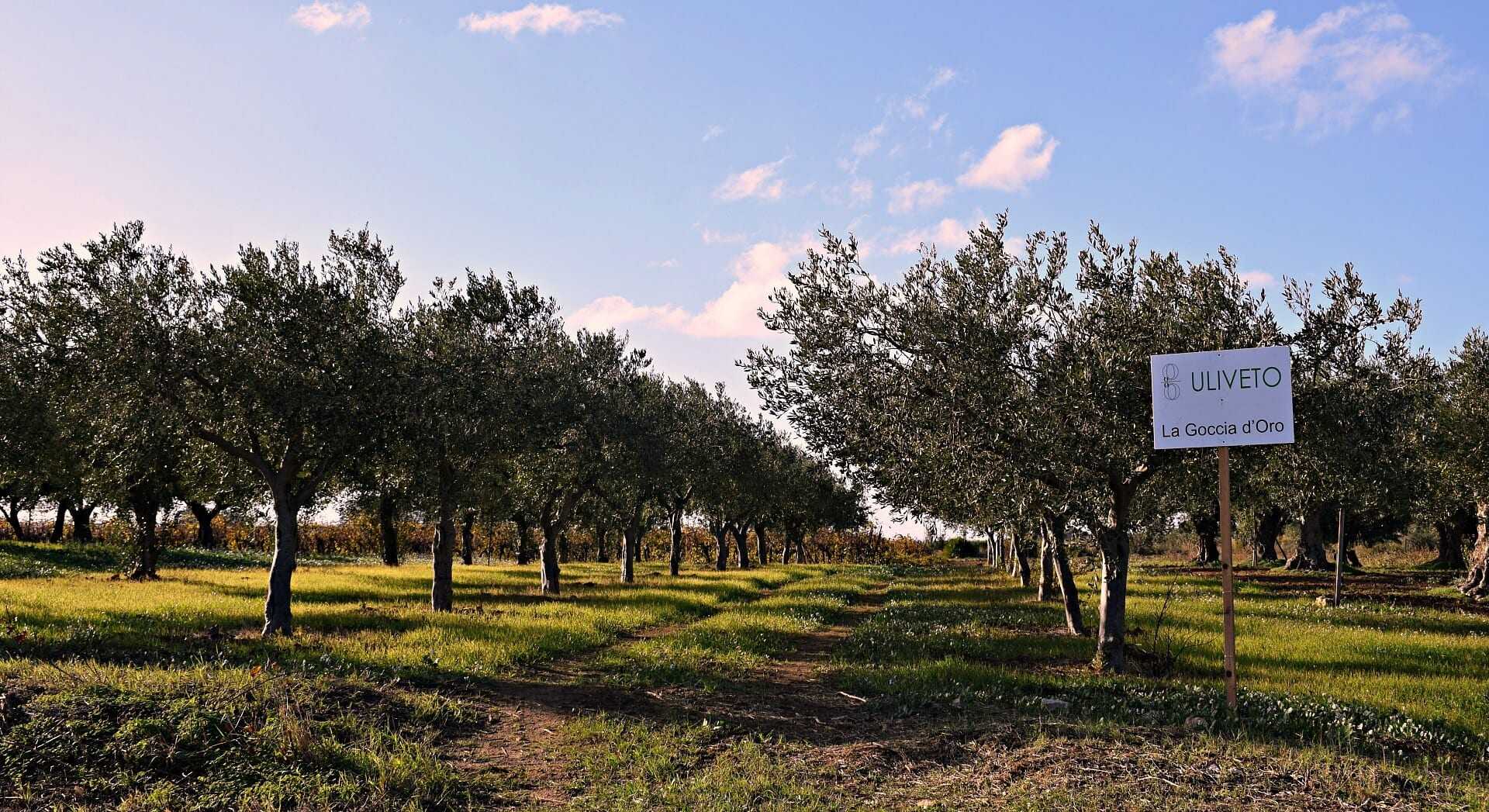
An olive grove of La Goccia d’Oro
By entering the batch number of a bottle on the cooperative’s website, a consumer can trace the entire production process. “Since we are a cooperative of several members, many hectares of land and different districts, it is even more important to offer our consumers a clear monitoring and representation of all steps of our product chain,” Alagna said.
At the other end of the Boot, the largest lake in Italy lies in the foothills of the Italian Alps — a Mediterranean oasis for the olive groves of the Agraria Riva del Garda, a brand often celebrated at the NYIOOC with a couple of Gold Awards in 2014 and 2016 and a Silver Award in 2017.
The Casaliva variety which gives life to this high-quality PDO Garda Trentino is grown by farmers operating on the northernmost coast of Garda Lake.
“The cooperative is made up of 360 members of which almost one hundred are baseline suppliers,” said the business development manager Massimiliano Consolo. “However, the number of contributors may vary widely depending on the season, and last year’s results were made possible thanks to the work of more than one thousand producers who run not only large parcels of land but also very small groves with thirty or fifty olive trees”
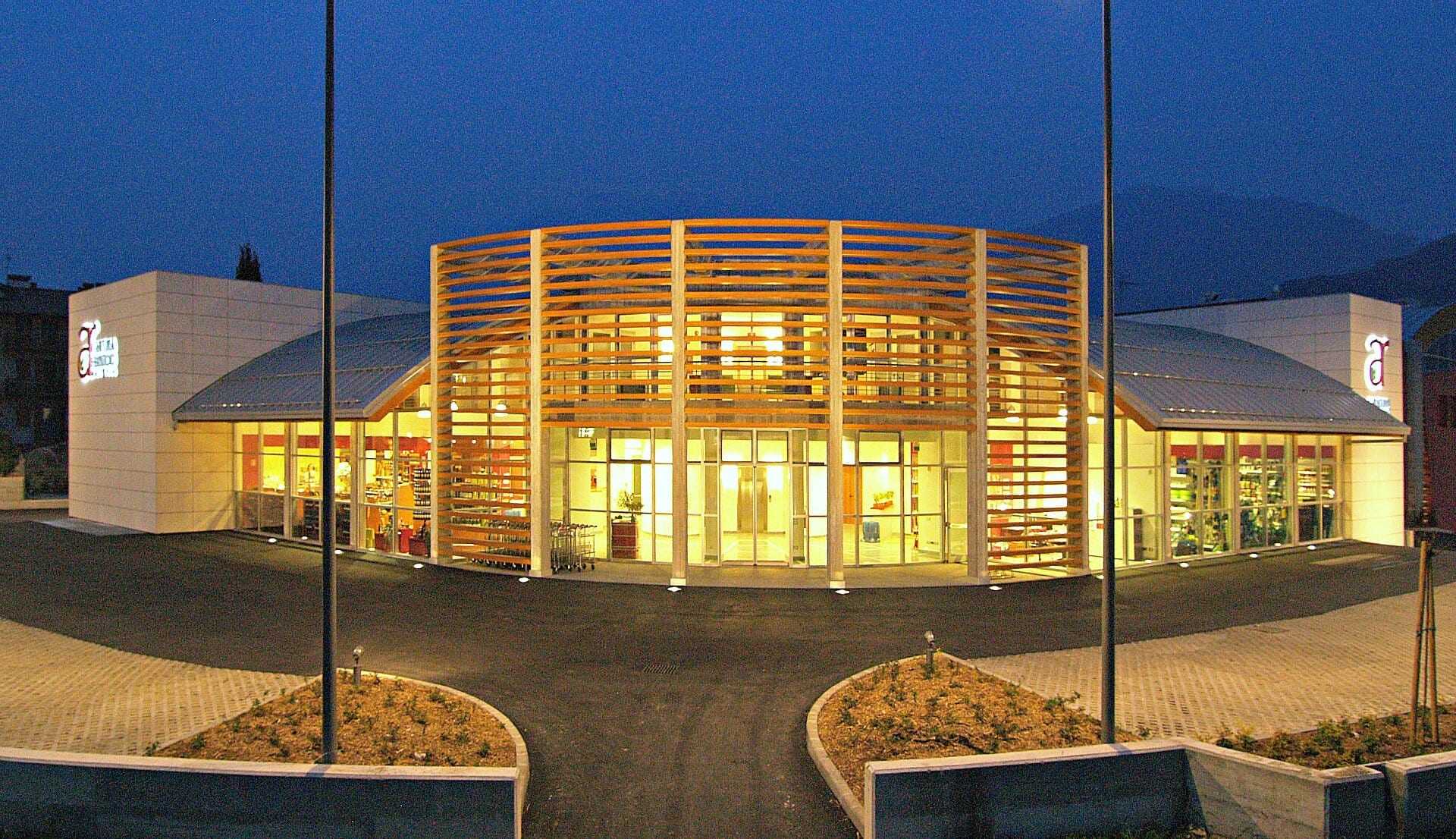
Agraria Riva del Garda
The cooperative system can rely on several technicians both internal and external who, throughout the year, constantly follow members and the contributors who need and requires assistance. They provide technical support for normal agronomic practices and extraordinary requirements due to seasonal issues increasingly frequent over last years.
“Harvest starts on the basis of their evaluations of several hundred farmers with very different plots, and we give priority to the olive groves which according to them are in the best conditions,” Consolo pointed out. They also rely also on a scientific system that considers calculations of the fat mass in the olives rather than veraison time like most producers do.

Agraria Riva del Garda landscape (Photo: Eugenio Luti)
“Our technicians collect olives in the fields every week, sorted by variety, exposure, type of soil and so on. Therefore, we put the olives in a machine to obtain a pulp which is inserted into another device which calculates the fat mass level. Depending on the resultant graphs we decide when it’s time to harvest,” he revealed.
This harvest started mid-October and the last olives were picked at the end of November. The first producers to be selected for harvesting receive the highest remuneration and their olives will give rise to ‘Uliva 1111,’ which is a limited edition of the extra virgin olive oil PDO Garda Trentino.
“According to our incentive system based on a three-step qualitative control, farmers do their best to follow the company guidelines in order to get the most out of their olive trees,” Consolo considered.
“The first selection takes place at the entrance of fruits in the mill with a visual check, then a sample of the oil obtained is subjected to chemical analysis and another sample is judged by the tasting panel. At the end of these three checks, the product gets a score with an associated remuneration. Our evaluation is therefore based solely and exclusively on quality,” Consolo concluded.



